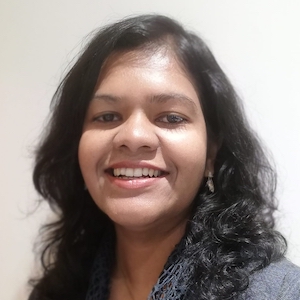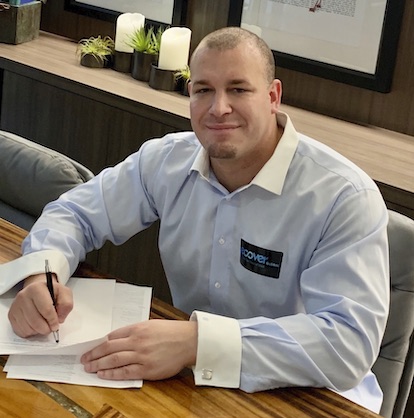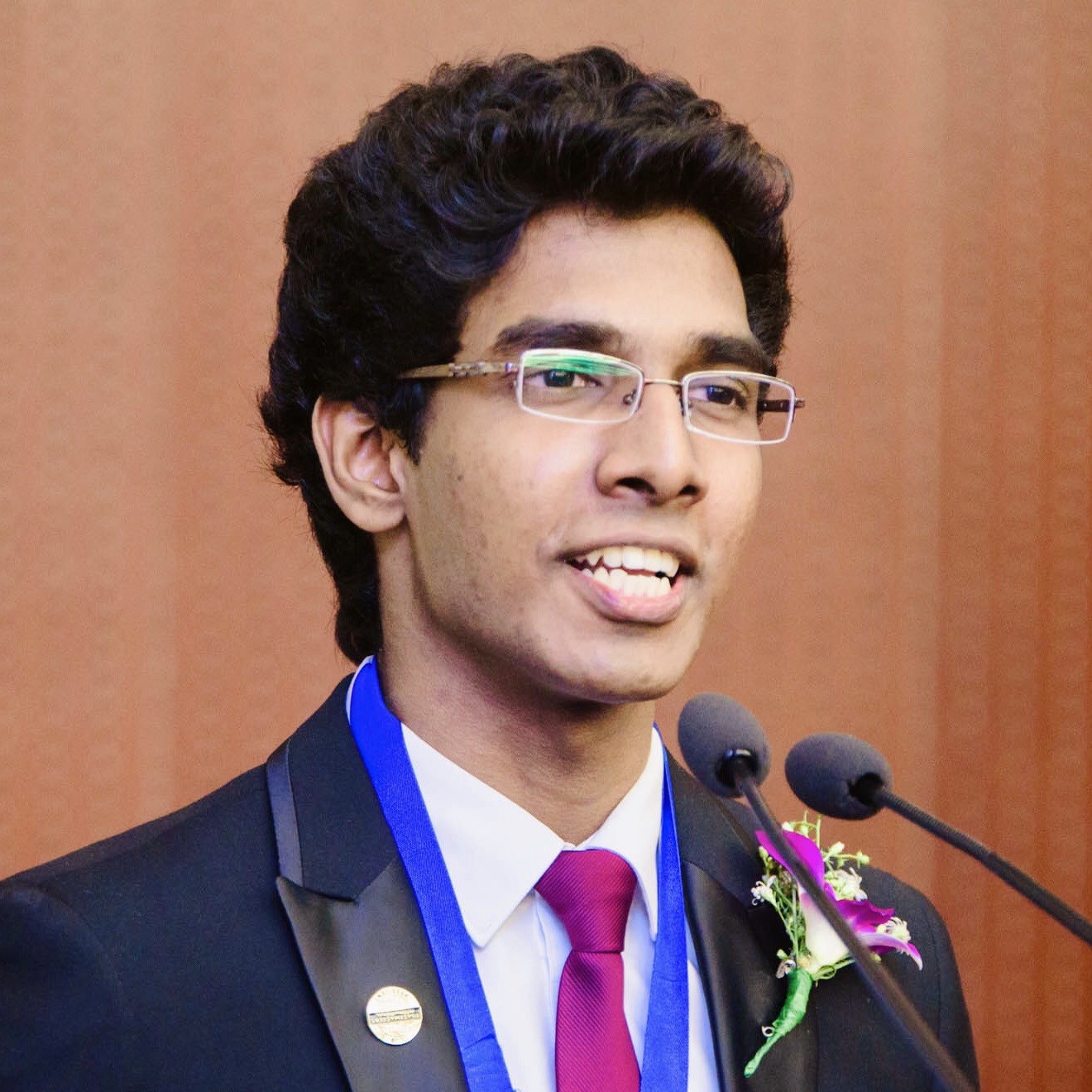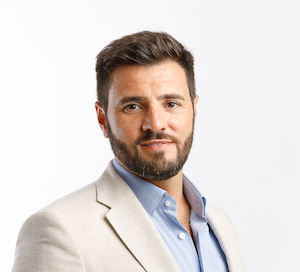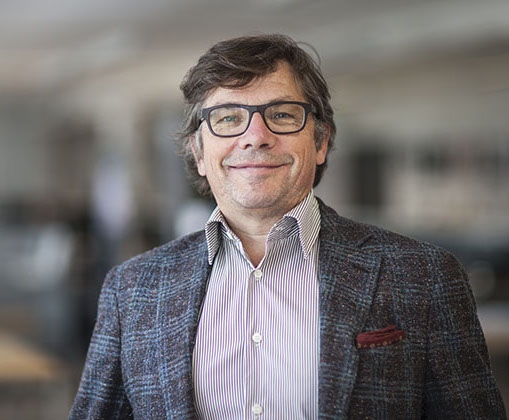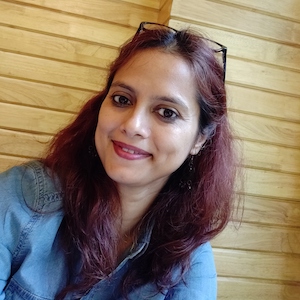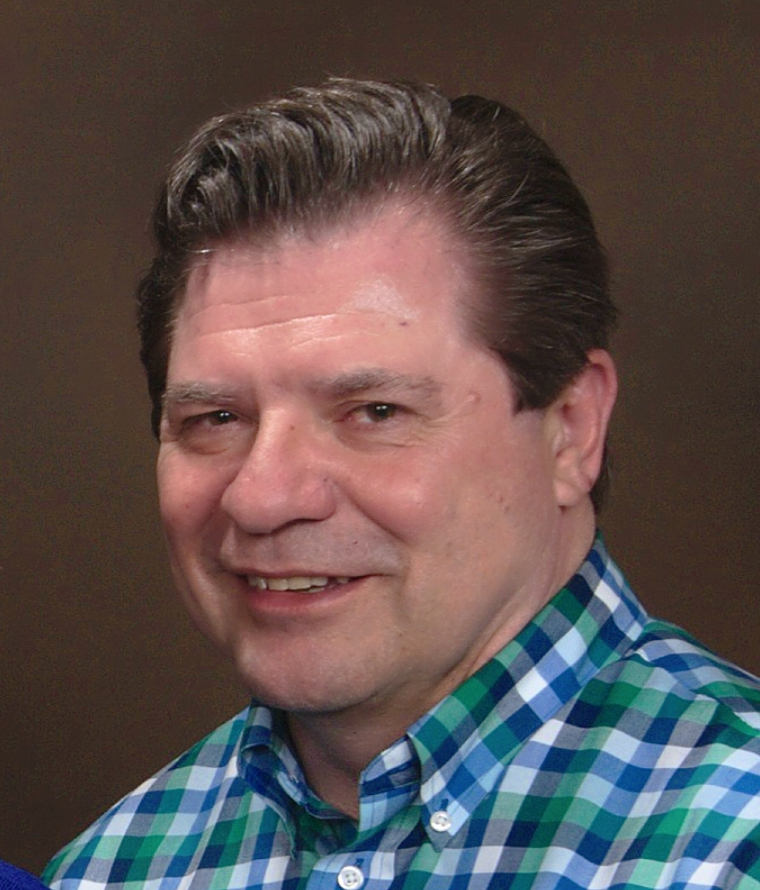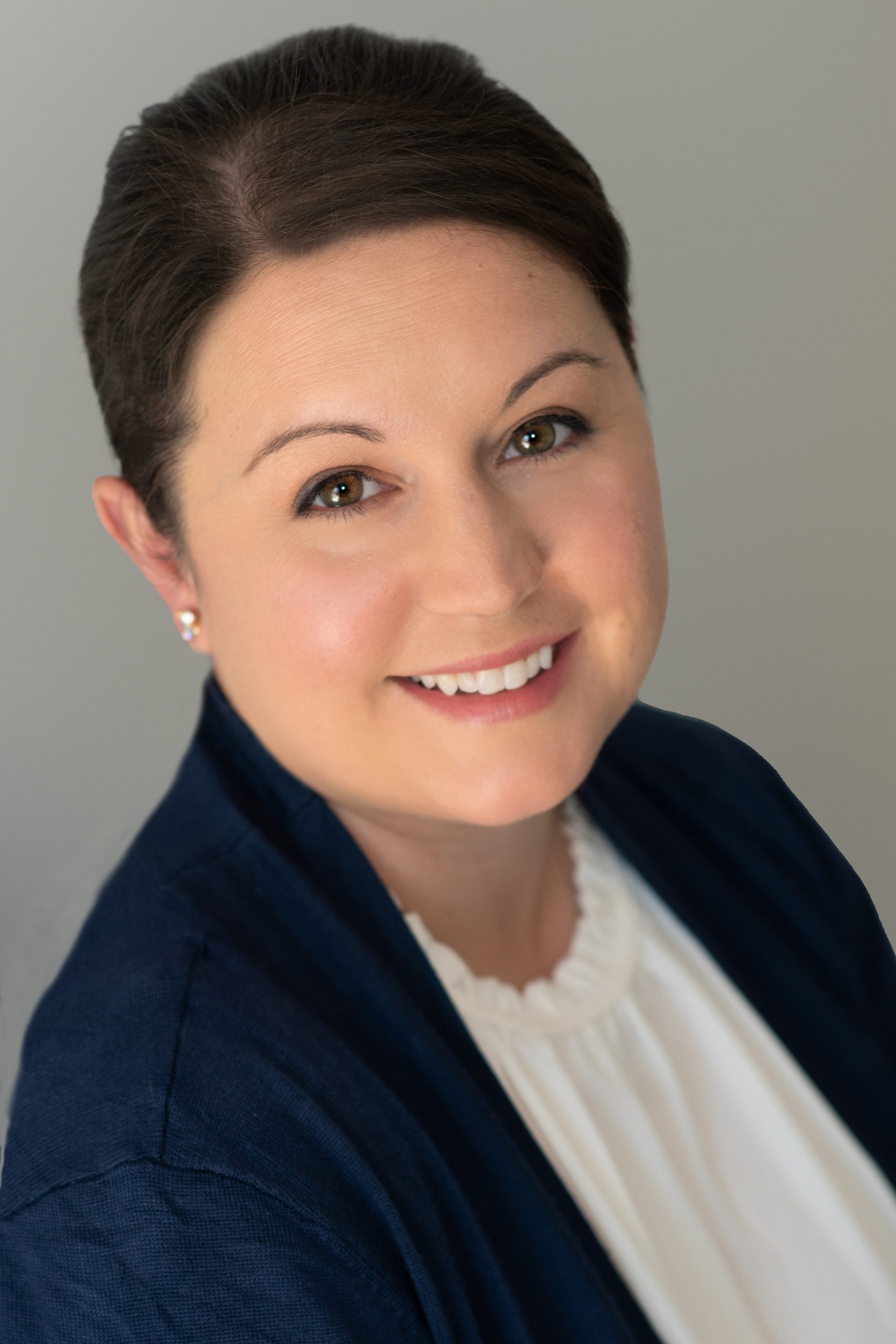
Katrina is an experienced Project Manager with a Masters Degree in Digital Marketing and a background in Communications. She has successfully worked in a variety of industries from television to advertising and Start Up. Juggling being a mom as well as looking to advance her career, Katrina began using the Personal Agility System to clear the chaos while trying to balance both family and work while working from home during the pandemic. She was able to identify and focus on “What Really Matters” and her story inspires hope for working moms everywhere. Katrina is ready to use what she has learned with Personal Agility to help others clean the chaos on the path to success.
Challenge
“My situation can best be described as I was a working mom striving to do the best I could in work and home life while breaking matriarchal cycles without completely burning out. My life is still a work in progress as there is always room for improvement and new obstacles that I need to navigate, however I am able to see my strengths and weaknesses and more importantly, communicate them to those around me. Applying Personal Agility showed me how to get out of survival mode and into success mode in all areas of my life and stop the burnout before it happened.”
“Prior to using Personal Agility:
- I was constantly on overdrive
- I didn’t understand my triggers
- I couldn’t foresee my burnout
- I couldn’t hold myself accountable in ways that weren’t damaging
- I was poorly communicating with those around me – personally and professionally
- I felt like I was living in complete chaos
I knew what I needed to do but could not get myself to actually take action.
I felt like I was drowning in complete chaos – and I needed to breathe.
I was perpetuating the same cycles – and they needed to break.
I was burning out regularly – and I needed to rest.
Worst of all, I always had a disappointed feeling and was hyper-critical of myself – and I really needed to let go.”
“This was me on any given day, even before experiencing back-to-back job loss. I just believed this is who I was. A type-A, go-getter, professional juggler of all things, reliable all the time to everyone, never saying no — AND feeling that being exhausted and broken was totally normal.”
“I was constantly struggling to prioritize, taking on multiple small jobs and getting paid far less than my worth, and sometimes not getting paid at all. We were struggling financially because of this. My job loss, right after having a baby, and my husband’s back injury put me in a state of constant survival mode, thus making terrible decisions, really bad career choices and drowning in utter chaos.”
“I was also struggling with the mental anguish of being a working mom, stay at home mom, or some insane hybrid, because either way, there was a struggle financially, mental, and emotionally and it was consuming me.”
Desired Outcome
“My desired outcome was to get out of survival mode, get into success mode, live life at a sustainable pace while dissolving my pre-wired cycles and see where and how I was contributing to the chaos to get it under control. I wanted to set boundaries and hold myself accountable in ways that were not damaging. I needed to reset my work priorities, stop working with toxic clients, and refocus my career goals.”
“I also wanted to find space to nurture myself and not feel depressed or guilty or neglectful to my friends and family. And finally, I wanted to see how others around me were contributing to the chaos and to be better at communicating with each other about it and ultimately stop my burn out before it starts.”
Actual Result
“I did achieve this desired outcome and so much more. I found that I was doing it all and not doing it all, at the same time. Teaching those around me to treat me like I did not have a human capacity. That I am everlasting and do not need support and that I will take on all responsibilities at all times. I was teaching people to treat me like someone who doesn’t matter, like a machine who just constantly produces. These realizations allowed me to identify and align with what really mattered to me and recognize what I (and others) were doing to contribute to the chaos.”
“The tools and techniques of the Personal Agility System that most helped you achieve my desired outcome included The 6 Questions of PAS, What Really Matters (WRM), PAS Priorities Map, and PAS Breadcrumb Trail. I also surveyed other working moms and did some ancillary studies on environmental behaviors to gain a better understanding of my full situation and see how others handled similar challenges.”
“The Personal Agility System helped me achieve my desired outcome by having a clear visualization of what is ahead. Being able to see what could complete in a day, week, or month was life changing. It allowed me to see my life and work balance, or lack thereof in real time. It made the chaos clear and communicable. I could understand what actions of mine were teaching people how to treat me, and working to do better so they (and I) can be better to me.”
“I could better identify what I was doing to create burnout for myself, then I would rearrange my priorities and communicate where I saw the burnout would likely be so that I could avoid it. I was able to remove bad (abusive/non paying) clients and make room for better clients and better pay, and set boundaries with those that I continued to work with.”
“My triggers also became more clear. I could see where something would trigger me to perpetuate matriarchal cycles and I would work to disrupt them in a positive way. As an added bonus, my health started to take a huge upturn, something I never thought I would have time to focus on was now in the top 3 of my priorities. I was able to manage time in a way that allowed a space for me to nurture myself.”
“Professionally, I found toxic impediments and removed them. I communicated my value with current clients and re-negotiated contracts. I reset professional goals using a great strategist who helped me re-build my resume and showed me proper job searching and follow up. I also stuck to my non-negotiable time boundaries.”
“Personally, I was finding behaviors that would totally derail me and I found better habits to replace them with. I was communicating with my family more effectively about what I needed and where I needed them; while making myself matter in health and happiness – I don’t think I would have even noticed these areas were suffering if I didn’t have it on my Priorities Map. I was able to visualize where I needed my family to hold themselves accountable for the overall function of the household.”
“I realized that I was the roadblock to my success – How I treated myself and how I showed others to treat me. I was in control of the chaos the entire time – I still am, just in a clearing way as opposed to a creating way. I was too damaged from holding myself accountable for everything, that I couldn’t hold myself accountable for the right things. Working in small increments was the best way for me to get started and then VROOM, I was off, with a whole new perspective on what really mattered and how I was going to make those items my priority.”
Path to Success
“For others that may want to repeat my success, I want you to know that the chaos does not happen overnight and you will not clear it overnight either, but having a system that you trust to support good decisions and encourage processes and communication will help you keep the chaos under control and the burnout off the horizon.”
“Working in small increments on What Really Matters and then building out your Priorities Map from there will help you take a step back from your current situation and be really honest with yourself – you don’t have to have it all, not right now and maybe not ever. And that is totally okay.”
© 2021 Peter B. Stevens and Maria Matarelli. Excerpted from Personal Agility: Unlocking Higher Purpose, Alignment, and Performance
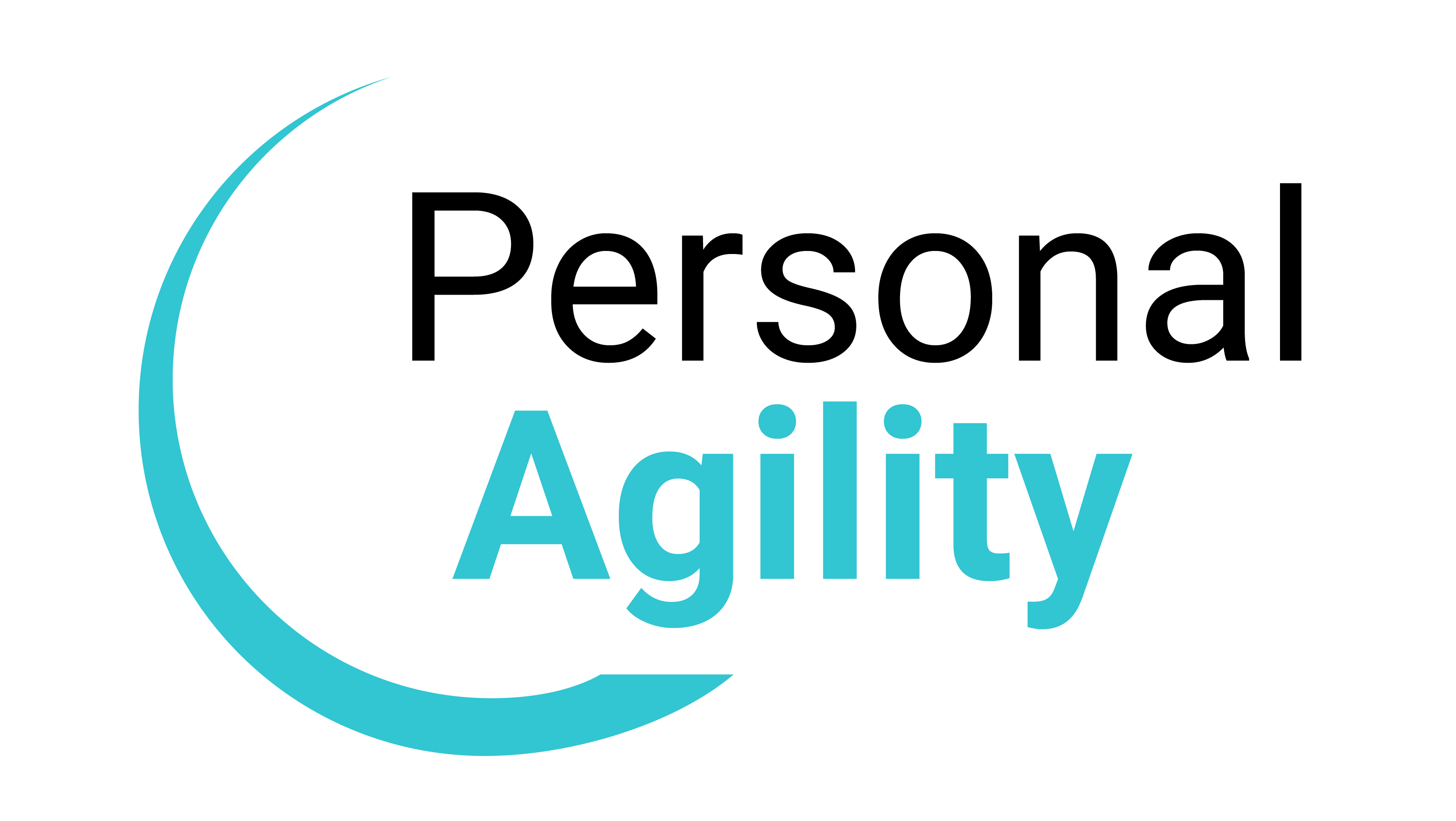
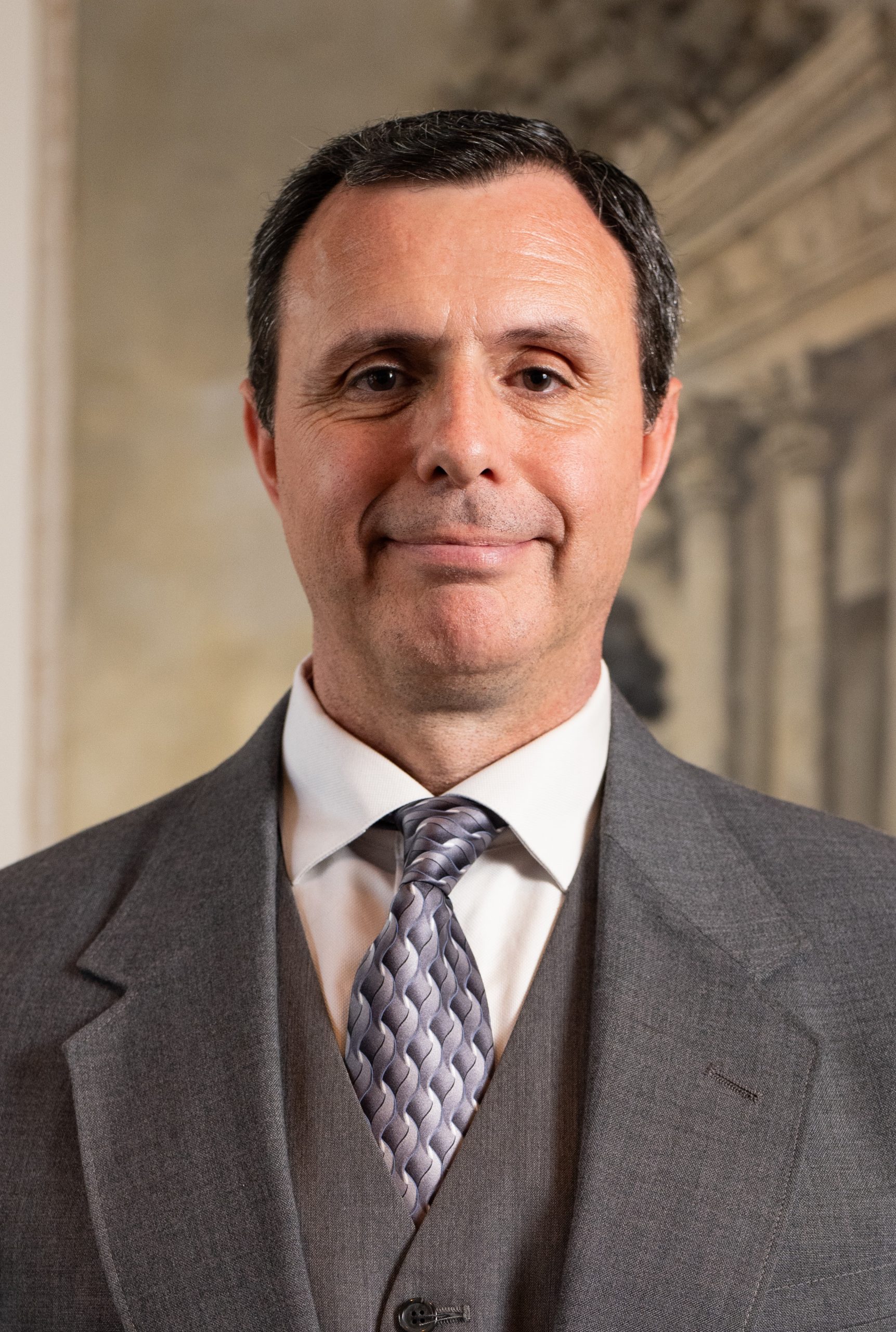
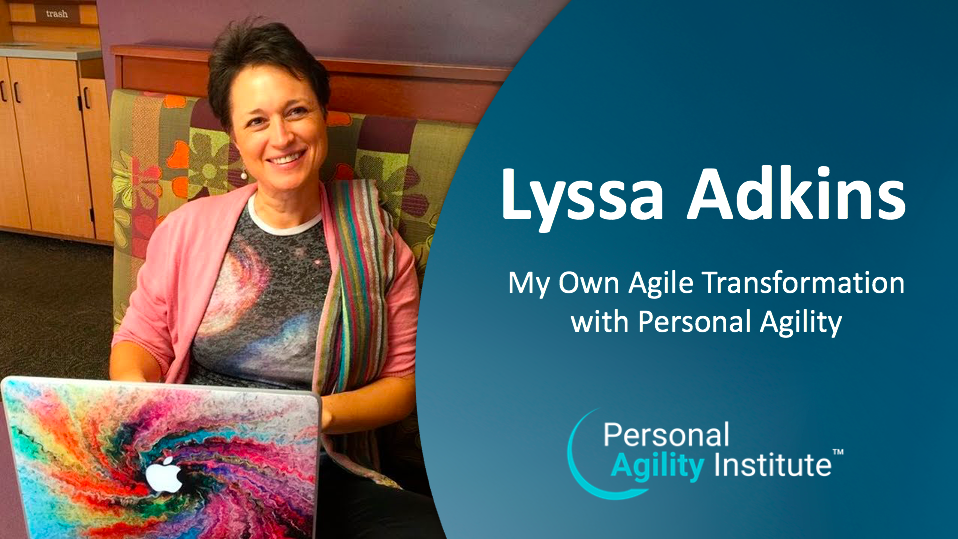 Lyssa Adkins is best known as the author of the foundational book Coaching Agile Teams, which connected the Scrum Master role and Professional Coaching to give definition to the profession Agile Coach.
Lyssa Adkins is best known as the author of the foundational book Coaching Agile Teams, which connected the Scrum Master role and Professional Coaching to give definition to the profession Agile Coach.